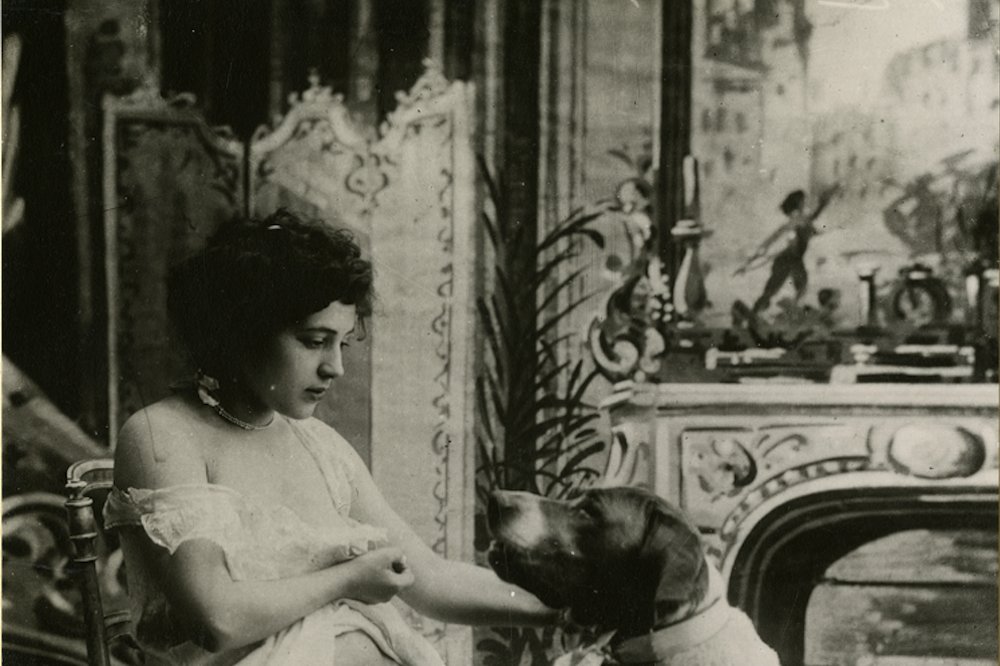Michael Tisserand: “Krazy Kat and the Poetics of Passing” | Talks at GooglePosted in Biography, Literary/Artistic Criticism, Louisiana, Media Archive, Passing, United States, Videos on 2018-12-01 03:50Z by Steven |
Michael Tisserand: “Krazy Kat and the Poetics of Passing” | Talks at Google
Talks at Google
2018-06-26
Michael discusses his book, “Krazy: George Herriman, A Life in Black and White,” winner of the 2017 Eisner Award for best comics-related book, and a finalist in both the National Book Critics Circle Awards for Biography and the PEN America/Jacqueline Bograd Weld Award for Biography. Krazy was also selected as a Kirkus Best Nonfiction Book of 2016 and as one of Vanity Fair‘s “Must-Read Books of the Holiday Season.”
Tisserand’s previous books include THE KINGDOM OF ZYDECO, an exploration of Louisiana music that received the ASCAP-Deems Taylor award for music writing, and the Hurricane Katrina memoir SUGARCANE ACADEMY. His work has appeared in The New York Times, The Washington Post, and The Los Angeles Times. When not writing, he coaches scholastic chess and is a member of The Laissez Boys, a Mardi Gras parading organization.
More information about Tisserand and his work can be found at www.MichaelTisserand.com.
Moderated by Camille Gennaio.







